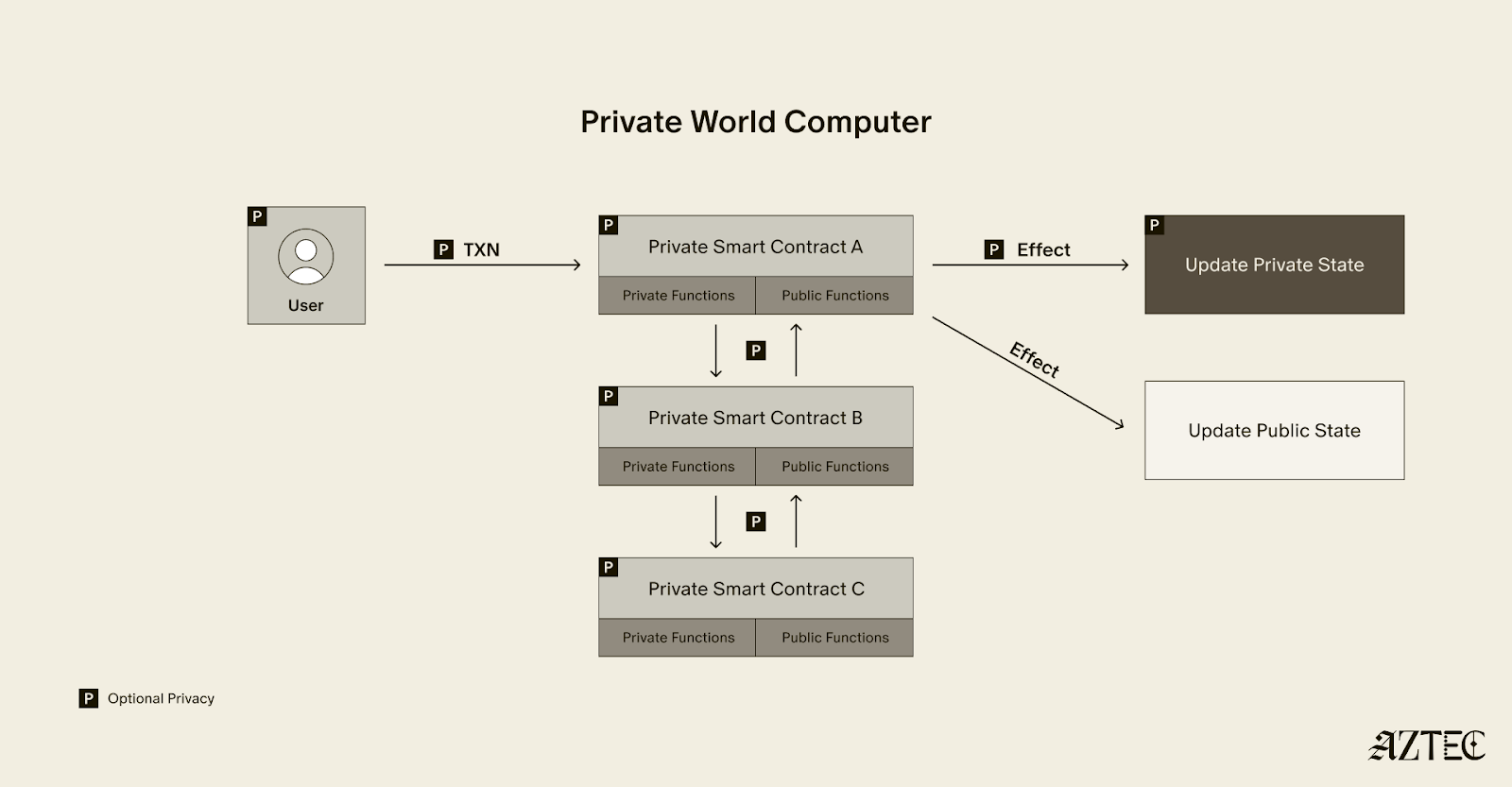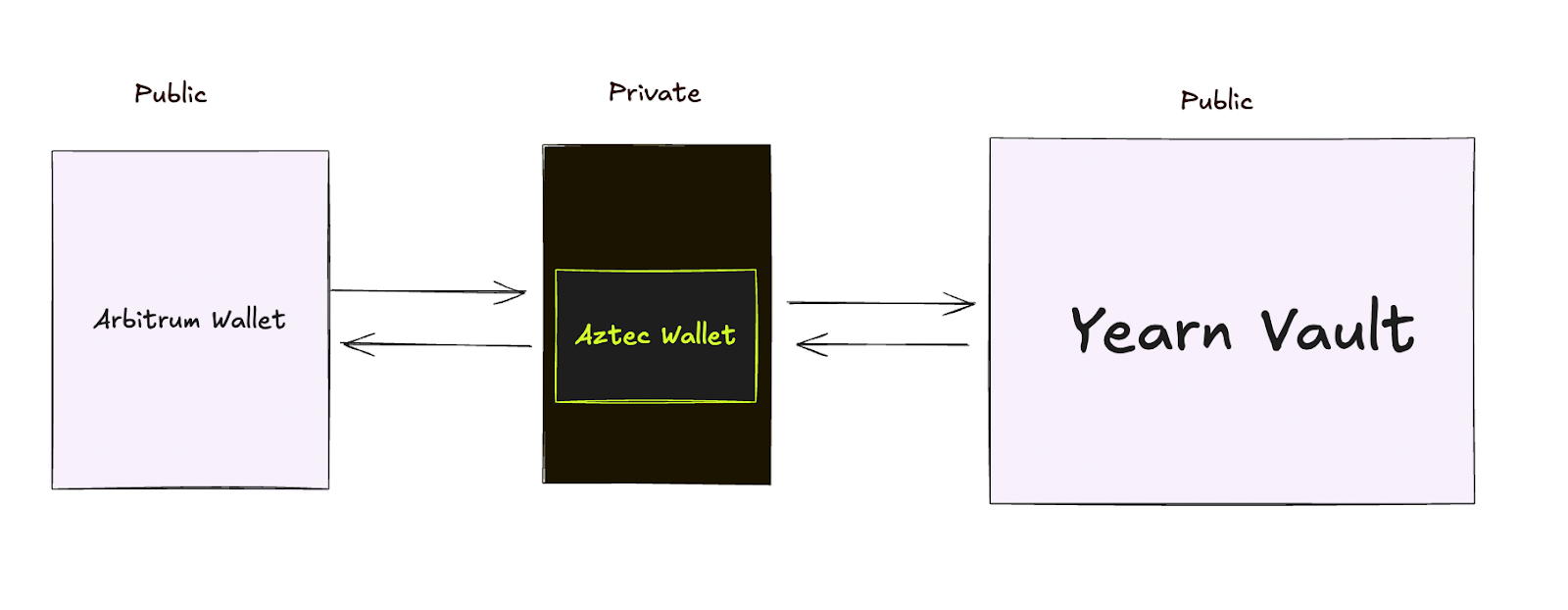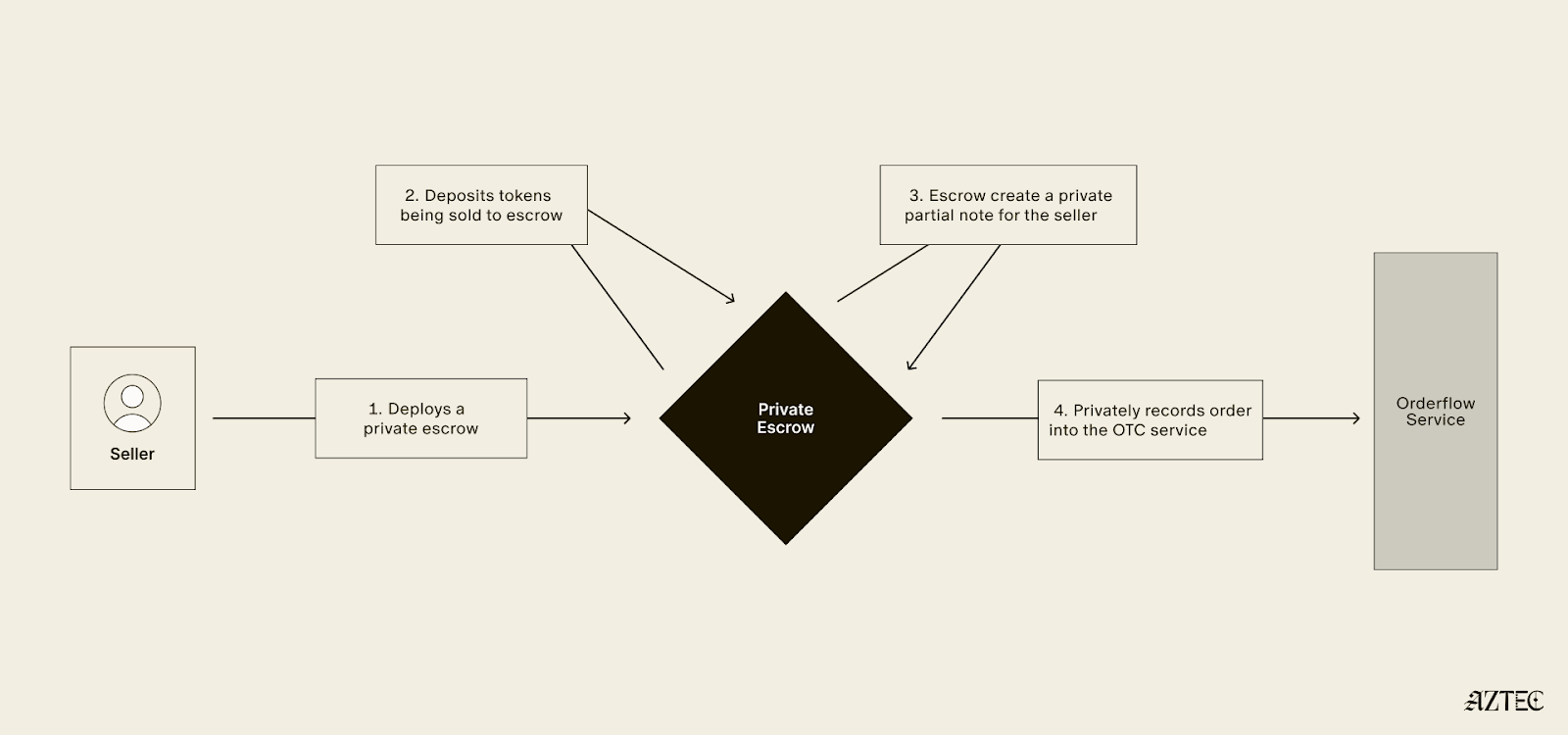7 years of experience building blockchain communities. Privacy advocate. Previously at Oasis Network.
Alyssa (Aztec): Hey Meredith! So the idea of this interview is to get a sense of your career path, your role at Aztec, and what you’re excited about as a new member of our commercial team! Can you start by sharing your web2 background and how it helped lead you to web3?
Hi there, and yes! I was previously working in real estate, and funny enough I was an Assistant Leasing Manager for ~7 apartment complexes here in Baton Rouge. In a way, I was “Community Manager” — doing web3 marketing and other leasing work.
I wanted to start investing, but wasn’t exactly sure about what to invest in. I started doing copious amounts of research and stumbled upon crypto. I had heard of it like most people, had seen it in the news, and just generally heard all the crazy stories about how crypto was being used back in those days. This was around 2016, and I was young and excited.
Alyssa: How about what falling down the web3 rabbit hole looked like for you?
It took me a while to piece together what a smart contract or protocol was, and why these systems made sense for this transparent blockchain context as opposed to what we have in web2 — where everything is off-chain and we don’t have much control or flexibility.
Once I really started understanding what this technology meant for the future of society, for my children, I was inspired. I was working full time, mom of two, and staying up until 2:00 or 3:00am every single night on Reddit, on Facebook groups, on Twitter. Learning everything that I could — reading white papers. Since then, I’ve remained extremely passionate and curious.
Alyssa: How do you feel about the industry’s evolution over the past ~8 years?
Of course there’ve been periods when I’ve been disappointed in the industry, and seen the exact behaviors that we wanted to avoid from the traditional finance sector/web2 world replicated in this space that I saw as a shining beacon.
But I’ve really enjoyed most of it, and now I’ve reached a point where I fully acknowledge that things are shifting rapidly, and people are going to make mistakes. Web3 is a place where we can learn and improve together.
Alyssa: Why did you decide to join Aztec?
I’m super passionate about privacy in general. I was previously working at another privacy project called Oasis. And before that, I did work for PIVX — also centered around privacy. This has been a major theme in my excitement about what blockchain means.
There’s this public side of things which is great. But to expand these really cool use cases, some degree of privacy is needed. Having more control over our privacy is an opportunity in web3.
I’ve been super passionate about projects that are building in this direction and I became involved with the Universal Privacy Alliance (UPA). That’s how I got Aztec-pilled.
Alyssa: Would love to hear more about how you got Aztec-pilled, what did connecting with the project and team look like?
I was already very impressed with Aztec when Bruno and I had the opportunity to work on an ETHDenver event together - it was a mini-summit that I organized with about seven other members of the UPA.
While we were in Denver, I went to the Aztec meetup and got to chat with some of the other teammates. I felt synergy as it was clear to me that this team cared about doing things the right way, not the easy way.
I’ve always wanted to serve a community actively working towards putting privacy tools in the hands of developers, so that privacy can be leveraged by everyone else. In my core, I want to make sure that I’m a part of that privacy piece, specifically. This is why joining Aztec — where we’re paving the way to programmable privacy — made sense for me.
Alyssa: What are you focused on as Developer Advocate and what do you enjoy most about the role? Would be great to hear more about your work right now.
Yea! The title Developer Advocate is a new one for me. I’ve had many different ones, and in web3 we’re often required to wear many hats.
I’ve been a Community Lead, Social Media Strategist, and Marketing Manager. I’ve also had plenty of different hybrid roles across the projects I’ve been fortunate to be involved with.
As a Developer Advocate, I believe my core responsibility is to speak up for developers and make sure their feedback is being heard by the internal Aztec team…
…and also educate developers about what we’re building. We accomplish this through Discord, community events, 1:1 meetings, diving into GitHub — looking far beneath the surface of what people say to try to piece together: Where are we lacking? How can we improve? And conveying that to our team.
Alyssa: What does a robust, healthy developer community for a project like ours look like? What does it have and what does it need to have?
We can learn from a book that Bruno recommended to me when I first started at Aztec, it’s called Producing Open Source Software. When you look at how this book outlines everything that matters for an open source software project, including building the community, you can learn a lot.
First of all, you want to have a place where people can openly and freely contribute in a way that make sense for them — not putting the barrier too high on how people can get involved, or the time commitment. If they want to tinker with Noir or Aztec for 30–45 minutes a week — they’re still welcomed in our community. We leave expectations at the door.
For any developers engaged with our community, of course we want to provide a supportive environment that includes educational content, tooling, funding, listening to their feedback, and connecting them with fellow devs. Also seeding inspiration/ideas.
If you have a developer community where people feel like they belong, heard, and accepted, that’s key.
Alyssa: Wow, it’s really inspiring to hear you talk about it. And what about beyond web3? Just general interests and maybe hobbies. Are they pretty tech focused given you work in blockhain?
I’m a big time reader. I’ve read 39 books this year, and I’m working on a couple more. It’s my little escape — I read a mix of fiction and non-fiction to balance things.
I’m learning how to garden as well. I live in the south so I’ve been growing okra, peas, tomatoes, and carrots. My garden is flourishing, so I’m happy about that!
I also very much enjoy cooking, taking care of my family — that’s not necessarily a hobby but definitely my primary interest…taking care of my 3 kiddos and teaching them.
I’m hoping to foster in them a curiosity about life, so a lot of my newer interests overlap with the stuff they want to do!
Alyssa: Aw, I bet. That’s awesome. Anything else you want to share? How can people keep up with you?
Anyone who’s interested in building on Aztec and/or using Noir, don’t be afraid to reach out. Don’t let what is a seemingly steep learning curve deter you from getting your feet wet.
If anyone is interested in building with us or just joining our developer community, and wants to learn about the resources available, they can reach out to me on Twitter (@merfymerf), on Telegram (@Meredithdarden), via email (meredith@aztecprotocol.com) — all are fine.
The link to join our Discord server can be found in the docs, I’m in there as well. I’d love to help out however I can.
Alyssa: Amazing. Thank you so much.
Thank you!





